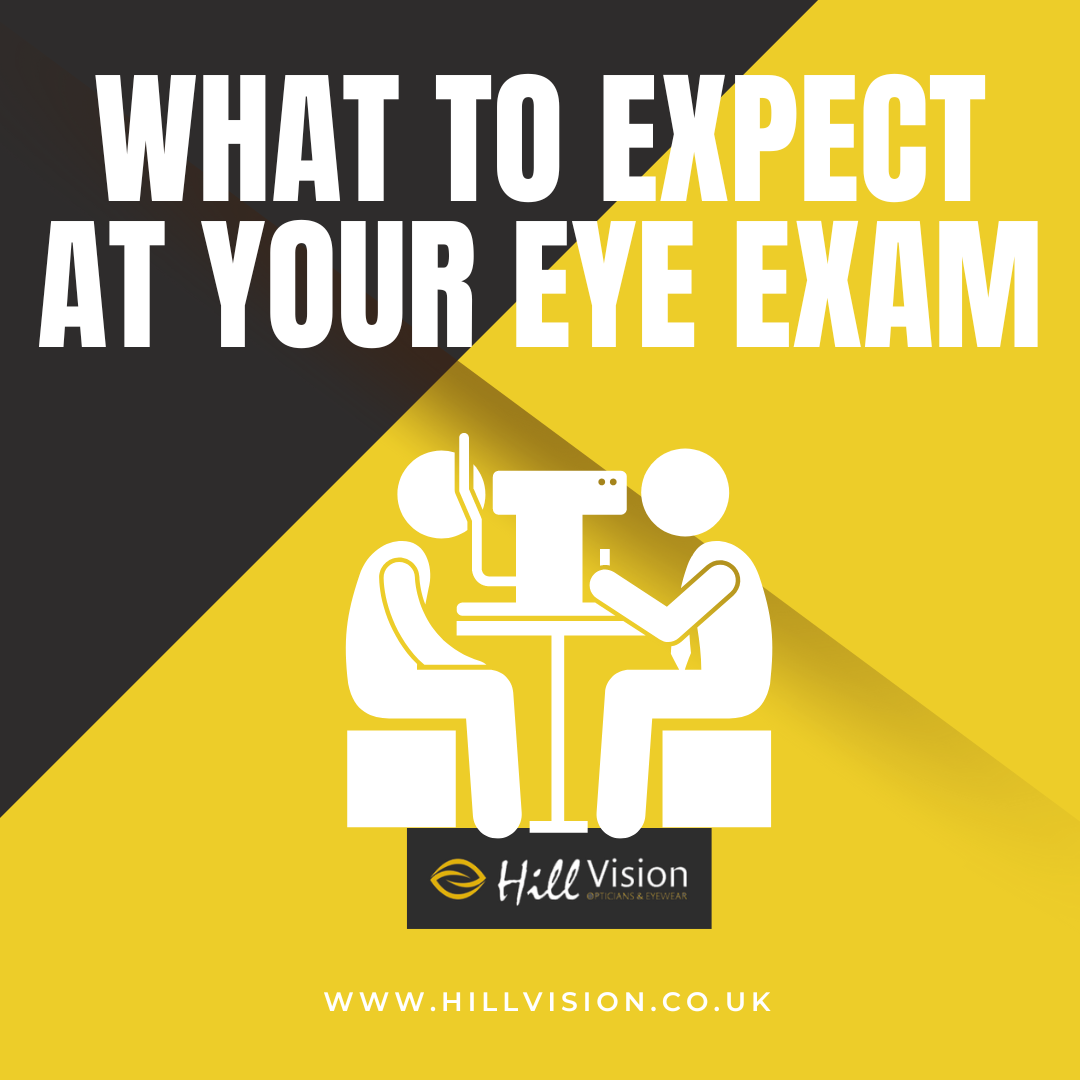Glasses are an essential tool for those who need vision correction. However, the world of glasses can be confusing and overwhelming, especially when understanding your prescription. In this blog, we will break down the different components of a glasses prescription and explain what they mean.
Proper fit is essential for the comfortable and effective use of glasses. Here are some general guidelines on how glasses should fit:
Frame size: The frame should be the right size for your face. It should not be too small that it pinches or too big that it slides down your nose. The frame should rest comfortably on your ears and the bridge of your nose.
Temple length: The temples (the part behind your ears) should be long enough to keep the glasses securely in place but not so long that they cause discomfort.
Nose fit: The nose pads should be adjusted to fit comfortably on the bridge of your nose without slipping or causing pressure points.
Lens position: The centre of the lenses should align with your pupils, which is essential for proper vision correction and to prevent eye strain.
Alignment: The glasses should be level and sit straight on your face.
Clearance: The lenses should not touch your eyelashes or cheeks when you smile.
If you need help finding good-quality glasses, speak to us at Hill Vision. They can help you find the correct frame size, adjust the nose pads and temples, and ensure the lenses are in the right position.
Properly fitting glasses will not only improve your vision, but they will also be more comfortable to wear and reduce the risk of headaches or eyestrain.
First, a glasses prescription is a set of numbers representing the degree of correction needed for each eye. A prescription has several components, including sphere, cylinder, axis, and sometimes, prism.
Sphere:
The sphere is the basic correction for nearsightedness or farsightedness, represented by a positive or negative number. A positive number indicates that the person is farsighted, meaning they have trouble seeing objects up close. A negative number means the person is nearsighted and has difficulty seeing things far away. The sphere power is measured in diopters; the higher the number, the more severe the vision impairment.
Cylinder:
The cylinder represents the correction for astigmatism when the eye is shaped more like a football than a basketball. The cylinder power is also measured in diopters and can have a positive or negative number. This results in blurred vision at all distances.
Astigmatism is a common vision condition where the cornea or eye lens has an irregular shape, causing light to be refracted or bent unequally in different directions, leading to blurred or distorted vision at all distances. Astigmatism can occur alone or with other refractive errors, such as nearsightedness (myopia) or farsightedness (hyperopia). It is typically corrected with glasses, contact lenses, or refractive surgery.
Axis:
An axis is a number between 0 and 180, representing the cylinder’s orientation. It helps the eye doctor understand where to position the corrective lens on the glasses.
Prism:
A prism may be included in a prescription if the patient has double vision or tends to tilt their head. A prism is a unique lens that bends light and is used to correct these issues.
Once you have a better understanding of the various components of your prescription, it’s essential to know how to read it correctly.
A typical prescription will look something like this:
OD: -2.00 -1.50 x 180
OS: -2.25 -0.75 x 180
OD stands for the right eye, and OS stands for the left eye. The first number (-2.00 and -2.25) represents the sphere power, the second number (-1.50 and -0.75) represents the cylinder power, and the third number (180) represents the axis.
In addition to these numbers, your prescription will include a pupillary distance (PD), which is the distance between the pupils. This measurement is essential in ensuring the lenses are correctly centred on your eyes.
In conclusion, understanding your glasses prescription can seem overwhelming at first, but it is essential for ensuring that you get the correct glasses to correct your vision. By breaking down the various components of your prescription and learning how to read it correctly, you can ensure that your glasses are tailored to your needs. So, the next time you get a new prescription, take the time to understand it fully and ask your eye doctor any questions you may have.






